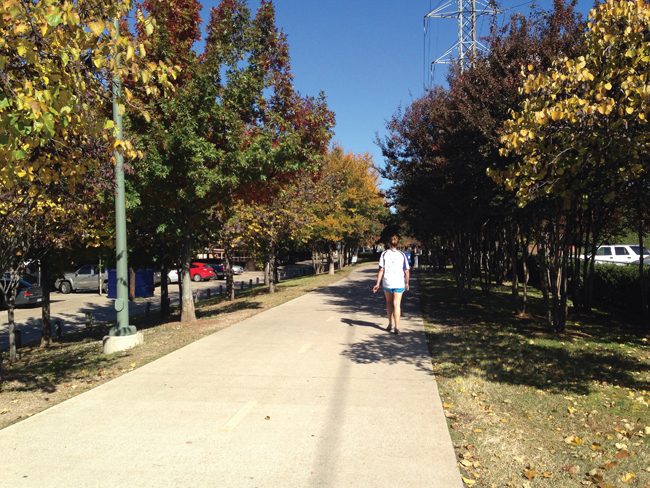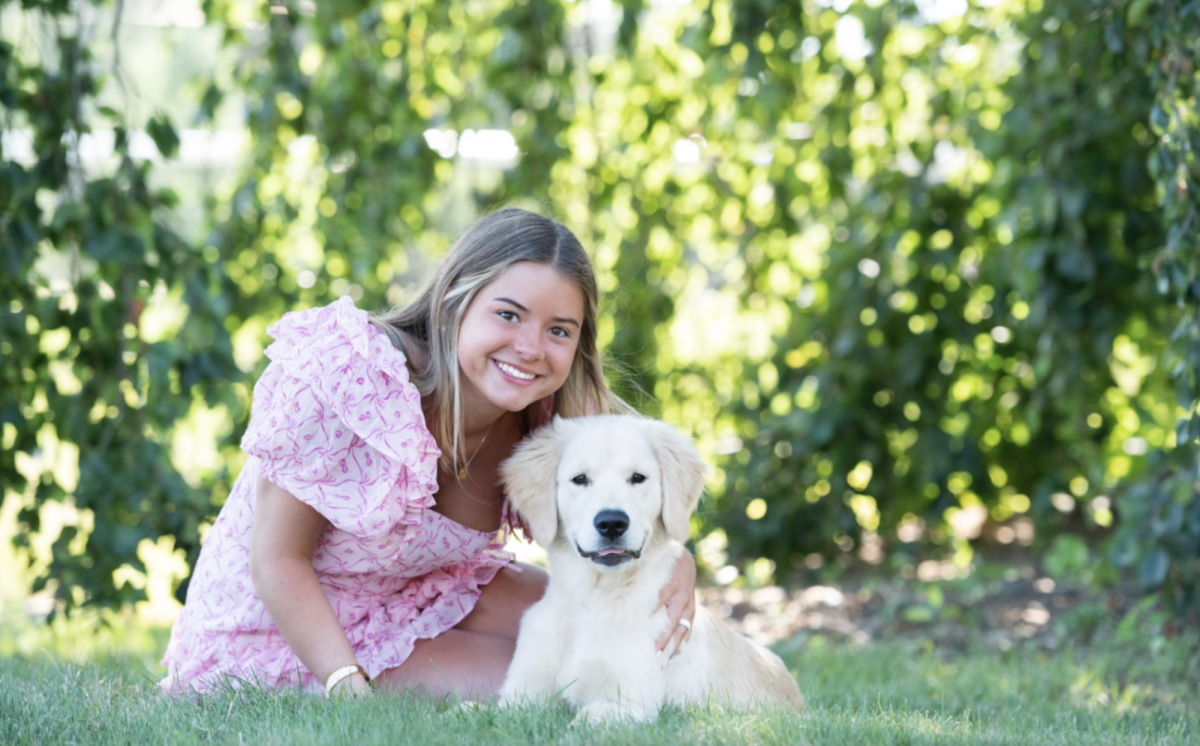
Dallas’ first cold front has come and gone, and it’s beginning to feel a lot like Christmas.
Winter usually means lots of family time, dinners and hot chocolate in the ski lodge.
This season is filled with hurdles for the everyday dietier and fitness junkie.
A hearty Thanksgiving dinner can spell trouble when running on the trail the next day.
Daily sugary coffees to fight off the cold can make the perfect swimsuit body that much harder to acheive.
Equinox pilates, barre, cycling and resistance training instructor Courtney Corbeille had many tips and tricks for SMU students to overcome winter’s health obstacles.
Peltier: What is the biggest problem people usually have when working out in winter?
Corbeille: Cold temperatures keep most people indoors, so things you might normally do, like take the dog for a walk or even walk to a nearby restaurant, are often avoided.
People are also tempted by sweet treats and buffet lines that are high in calories and carbohydrates at holiday parties and office gatherings.
Family time during the winter usually includes sedentary activities like board games, movies and lounging.
SP: How do you solve it?
CC: Bundle up and perform your normal outdoor workout. A little cold weather is fine to run in, as long as you warm up with a light jog or polymeric.
Workout in your living room with body weight exercises like squats, planks, push-ups
and crunches.
Hit the gym or find a studio with a heated yoga class. Make a tradition out of taking a family walk around the block after holiday meals or walk around your neighborhood to find the best Christmas lights.
SP: Are there any health risks with workout outside when it is cold?
CC: Properly warming up before any workout is crucial for injury prevention. Deep squats or a light job before stretching or beginning your workout will warm up the muscles and prepare your body for your workout.
It’s very important to move your body and get your heart rate up before stretching or exercising.
SP: How do you get people motivated in the winter?
CC: Spring is right around the corner. What you put into your exercise routine in the winter months will show in the spring.
SP: This season is all about Thanksgiving and Christmas dinners. Is it ok to splurge every so often? If not, how does one eat healthy?
CC: Allow yourself cheat days. Pick wisely and take holiday meals and parties into account.
Have an accountability partner to keep you in check. Try healthy alternatives to traditional holiday foods like making mashed potatoes with low sodium chicken broth instead of milk or steaming veggies instead of frying them.
SP: What is a good way to get warm without gorging on sweet coffees?
CC: Tea. Most hot teas are extremely low in calories, high in antioxidants, and are a healthy alternative to sugar-filled coffee drinks.
SP: What’s the best workout outfit to stay warm, but not too warm during your workout?
CC: Dress in layers. You can always take things off as you go, but it’s no fun to be worrying about the temperature during an outdoor winter workout.
Under Armour and Nike make light but warm winter workout bottoms. Find a thick headband that can double as a sweatband and ear cover.
SP: What’s your favorite healthy snack during the winter?
CC: Baked sweet potatoes and acorn squash, drizzled with a little olive oil and kosher salt are delicious snacks.
You can also try a side dish with lean meat like turkey or chicken.
A handful of almonds or eggplant hummus with whole-wheat pita bread are healthy snacks for anytime of the year.
Don’t let winter’s chill stop your daily workout routine. Following Corbeille’s advise will make spring’s swimsuit season much less daunting.
Keeping the warmth of spring in the back of your head during your workout will motivate you to push harder through the cold.
Winter Walking Workout
Exercising in colder weather may help you burn more calories, so dress in warm layers and work up a sweat with this plan from Pete McCall, exercise physiologist and spokesperson for the American Council on Exercise.
5 min: Walk at a comfortable pace (you should be able to easily have a conversation)
2 min: Walk at a fast pace (talking should
be difficult)
4 min: Slow down and walk at a comfortable pace
2 min: Walk fast
2 min: Walk at a comfortable pace
1 min: Walk fast
1 min: Walk at a comfortable pace
3 min: Slow down and walk at an easy pace








